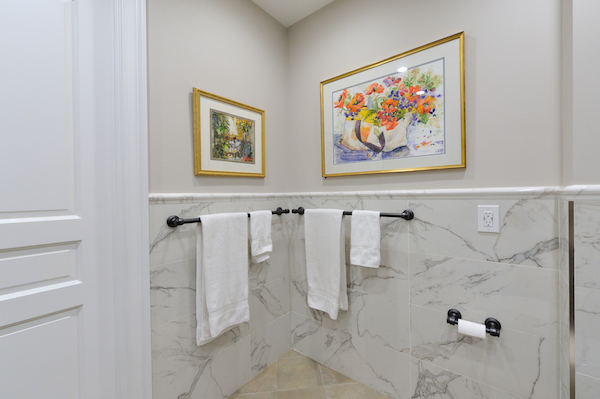
You guessed it. Heated towel bars are racks that warm up your towels. You may have seen them in fancy hotel rooms or when you’re spending a day at the spa. And though they sound like a high-end product made only to indulge and pamper, they also serve more practical purposes. And if used in the right way, they can even help you save some money on energy bills.
Practical Purposes
Although it’s certainly nice to have a warm towel when you get out of the shower, especially on those cold winter mornings, a heated towel bar can produce more than its fair share of real work. These units are extremely energy efficient and safe, so most of the time they are left on 24-hours a day (though they come with timers and on/off switches, of course). Why do this? Well, it costs about the same as lighting a light bulb. But the real beauty is that they can act as a low-impact heating unit for the home. They’re great for warming up cold bathrooms, which tend to chill off quickly with their tile and porcelain surfaces. And heated towel bars can also dry out the humid air in these otherwise damp areas.
Another Dryer?
These products don’t just warm up towels. They’re often used as passive clothes dryers, saving you money and effort on unneeded laundering. Put a heated rack in the kitchen for wet dishtowels. Put one in the laundry room for extra clothing that won’t fit in the dryer or for those delicate fabrics. Plus, they’re perfect for rain-drenched socks, snowy hats, and mittens, or bathing suits that need quick drying. They’re not fully waterproof though, so watch out that you don’t overwhelm or immerse the racks.
The Technology
There are two basic models of heated towel bars: electric and warm-water hydro systems.
Electric models simply plug in anywhere, though they can also be hard-wired into your home’s electrical system so that they begin working whenever your furnace does. The metal rods are filled with oil, so when turned on, a filament slowly heats this oil which then heats up the metal (it takes about 15 minutes for optimum temperatures, and about an hour to fully warm a towel). But another option is hydro-heated systems. Connected directly to your home’s plumbing, these units are warmed by your water heater, which makes them easy to use and energy efficient, although they will have to be permanently mounted in your home.
Ready to start your heated towel bar?
Find ProsThe Variety
The selection is intimidating. You can choose any material (brass, chrome, nickel, etc.) and they come in almost any size and design to match your interior décor. Plus, they are available in any form. For versatility, buy a portable free-standing scaffold. Save floor space with wall-mounted rods or horizontal shelving. You can even purchase sturdy, floor-mounted racks that connect directly to your home’s plumbing or wiring.
The Expense
These items exude class and wealth, which is one of their intentions. But to gain this reputation means that, by their very nature, they can’t be cheap (otherwise, everyone would already have one and they wouldn’t be the specialty items they’ve become). So be prepared to spend. Like anything in the home, if you want to spend extra money, the sky is the limit because some custom-made units can run up to $1,000. But, depending on the size, model, and material, typically they’ll cost anywhere from $40-$200, and most run somewhere in between these two extremes (around $100 seems to be the standard price).
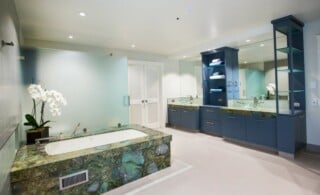 3 Bathroom Remodels You Can Afford RIGHT NOW
3 Bathroom Remodels You Can Afford RIGHT NOW 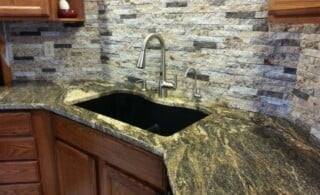 Corner Bathroom and Kitchen Sinks
Corner Bathroom and Kitchen Sinks 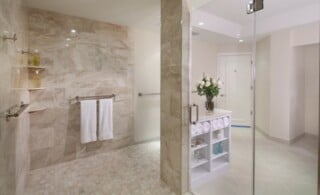 Towel Storage
Towel Storage 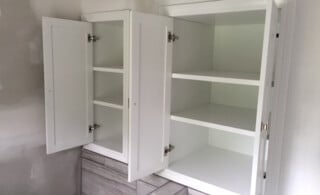 Bathroom Cabinets
Bathroom Cabinets 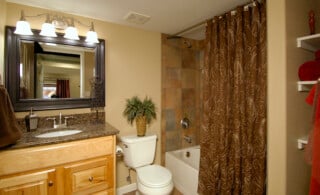 Basement Bathrooms: Weighing Cost vs. Convenience
Basement Bathrooms: Weighing Cost vs. Convenience 

Are You Familiar With This Topic? Share Your Experience.